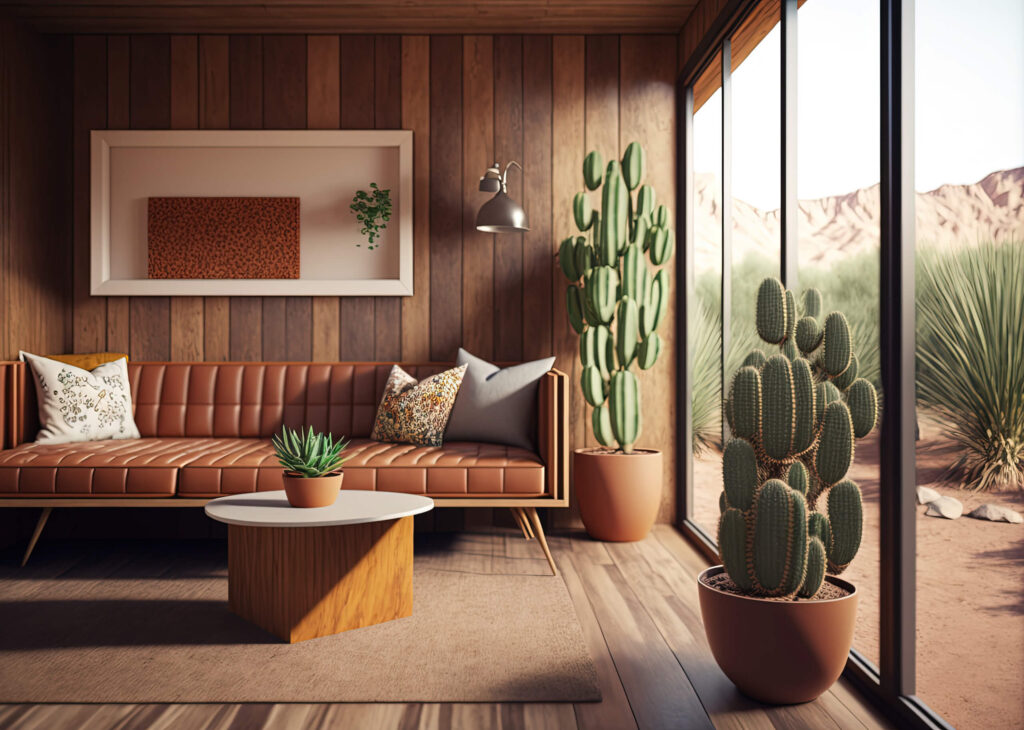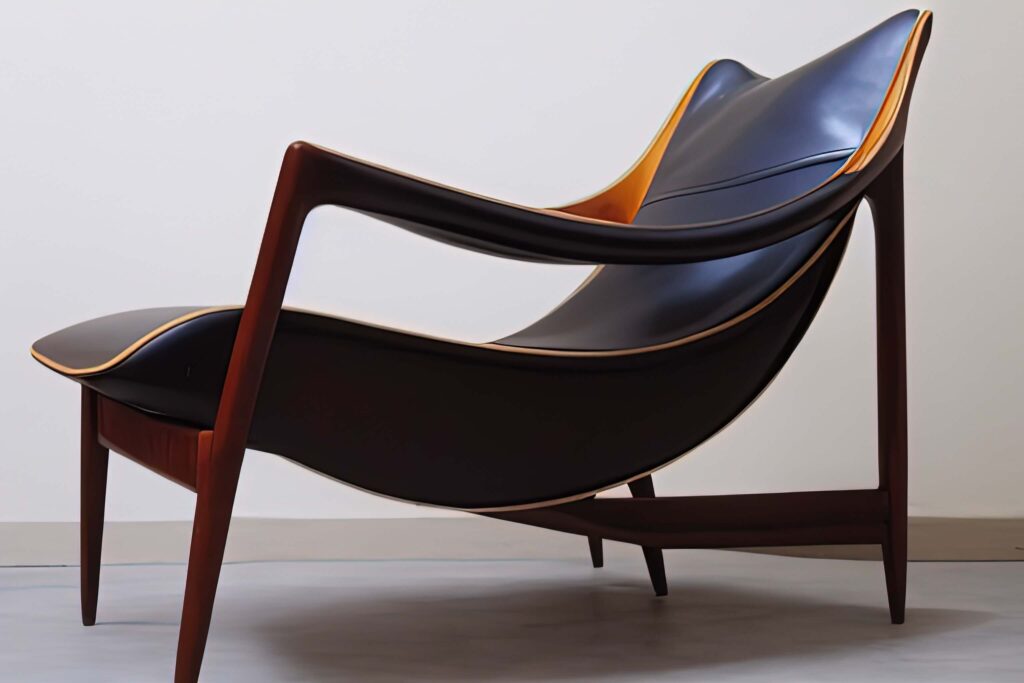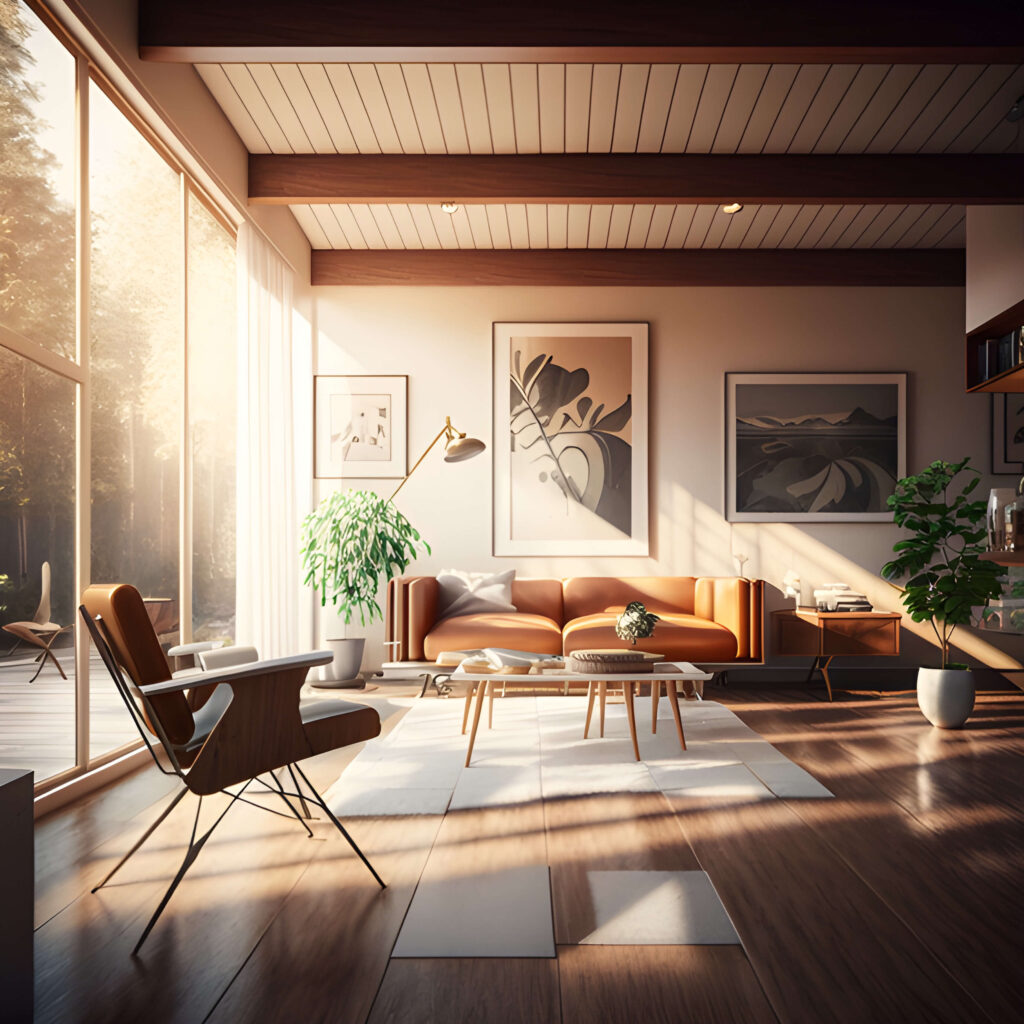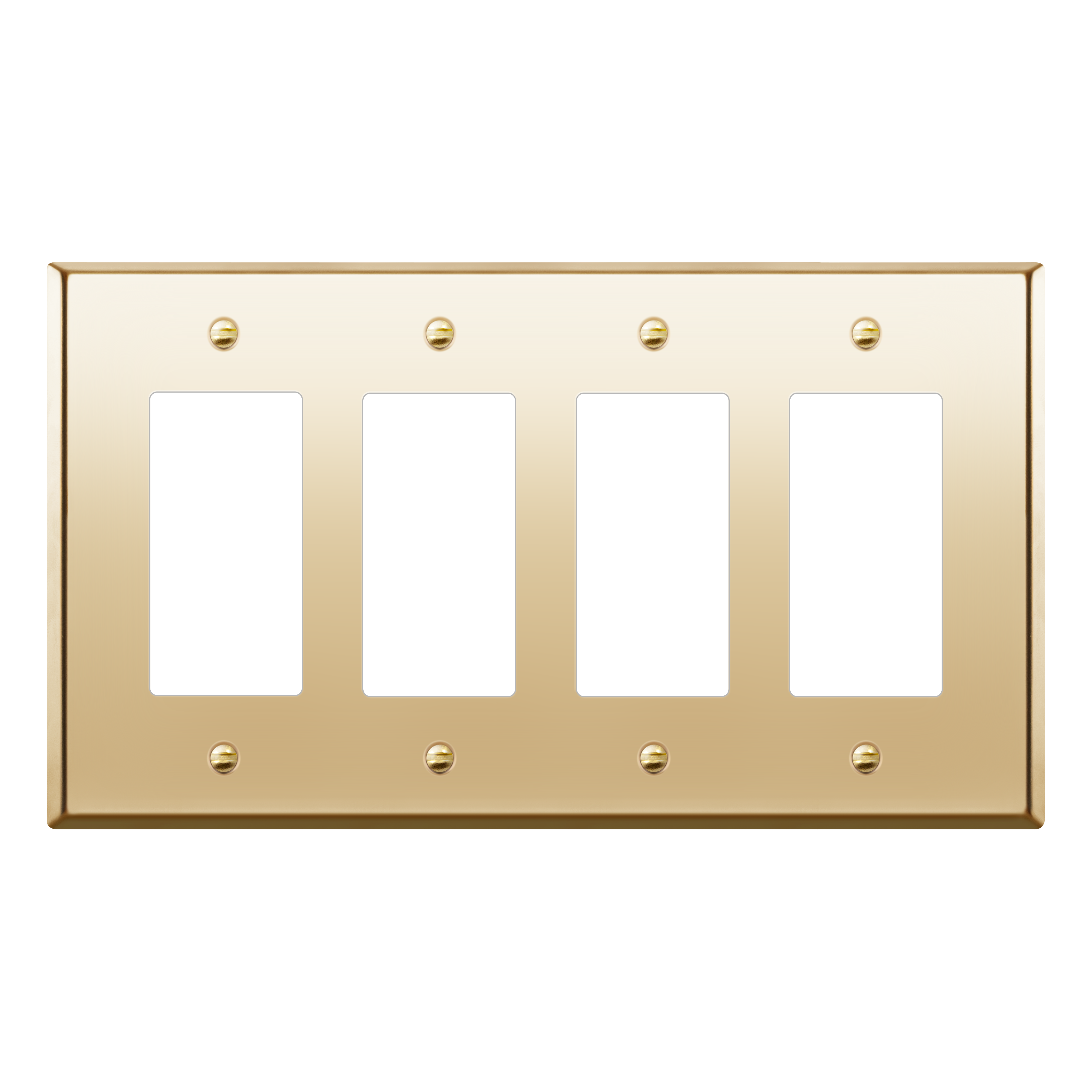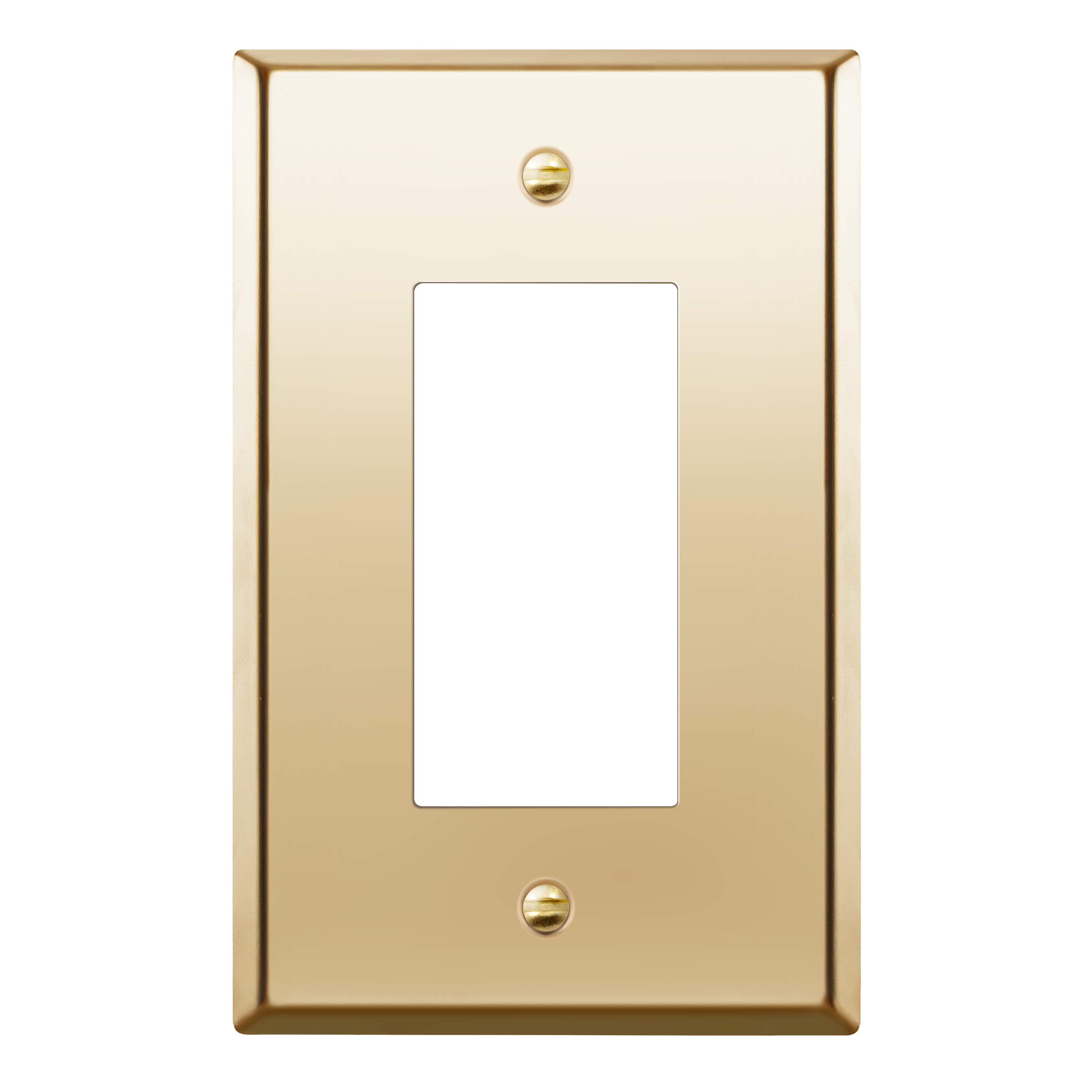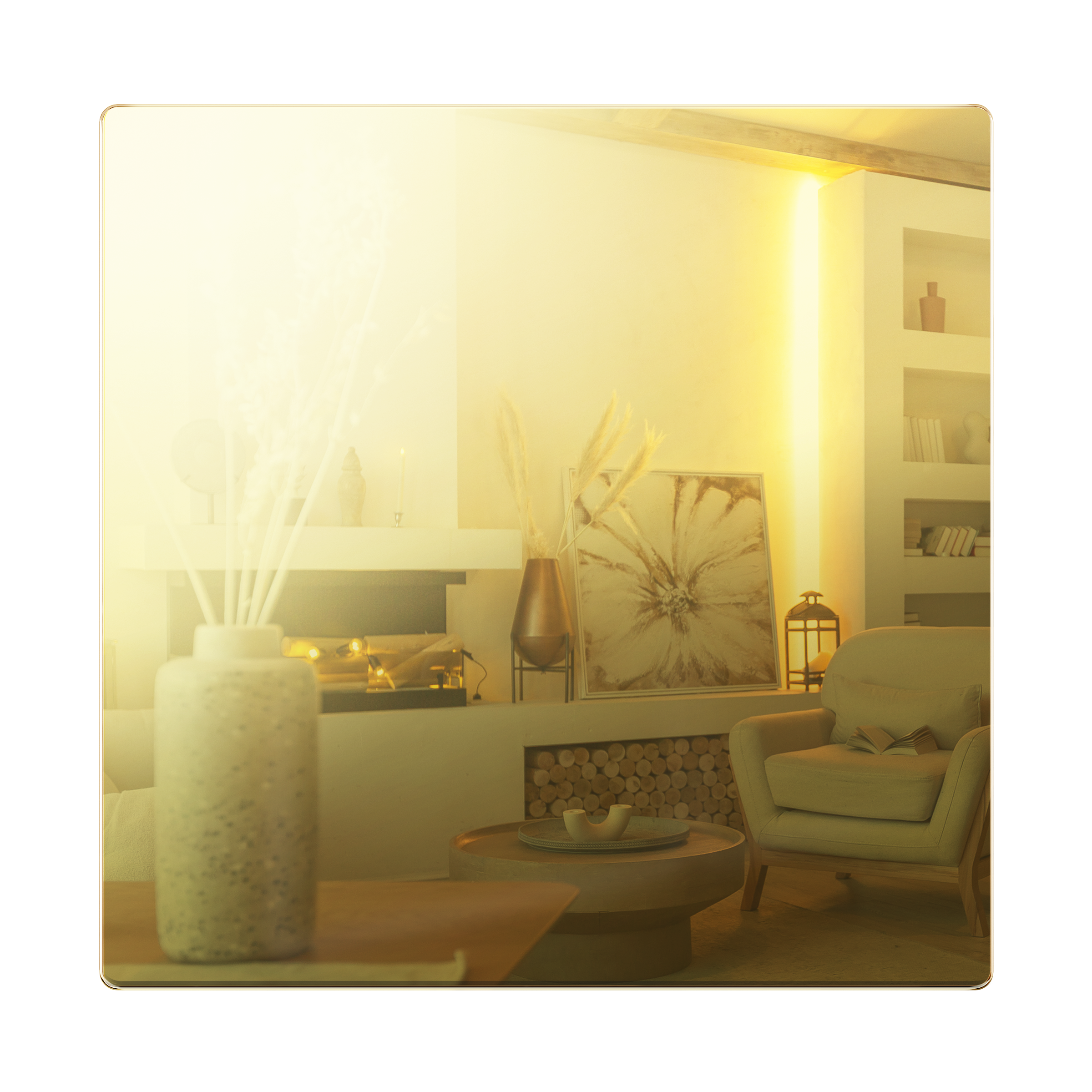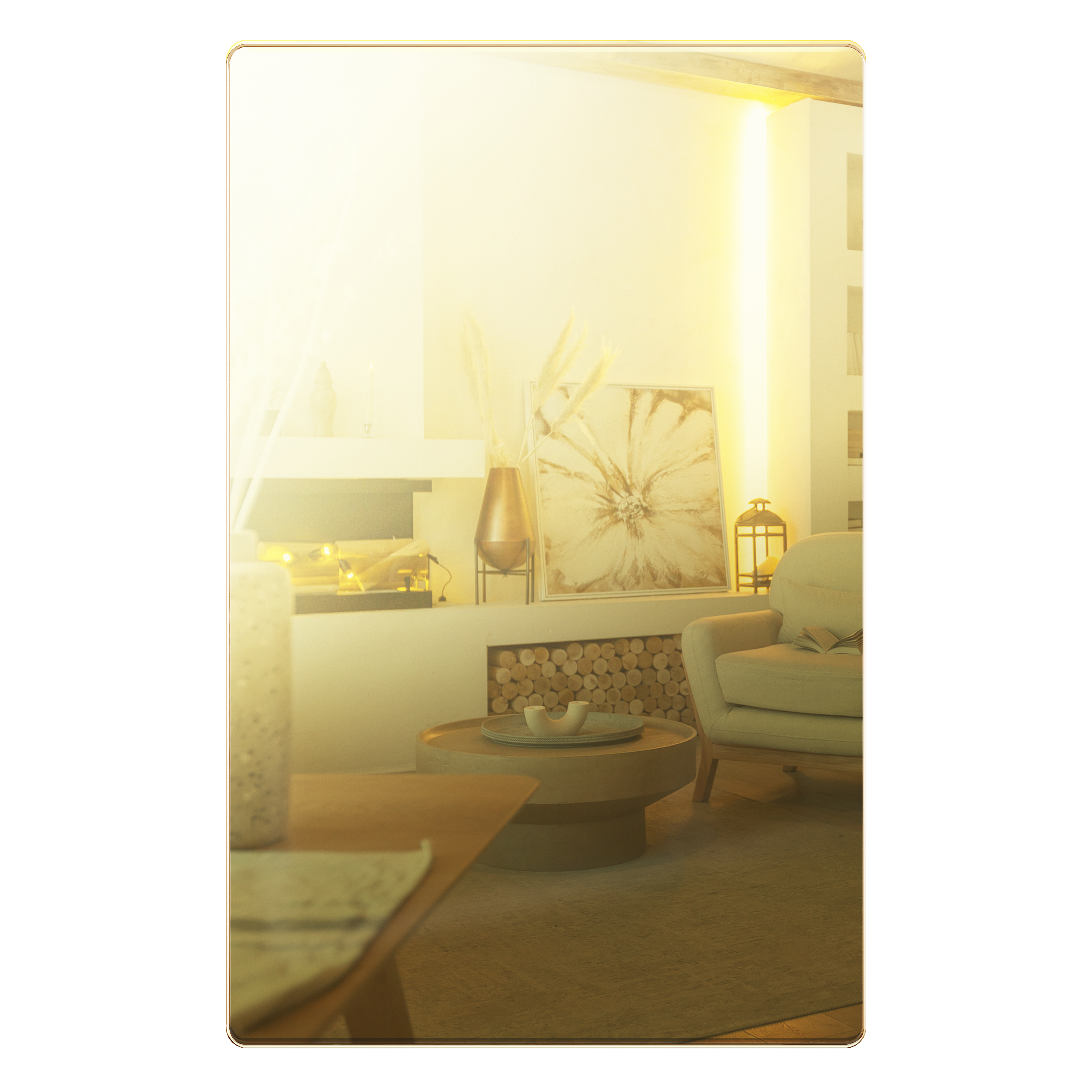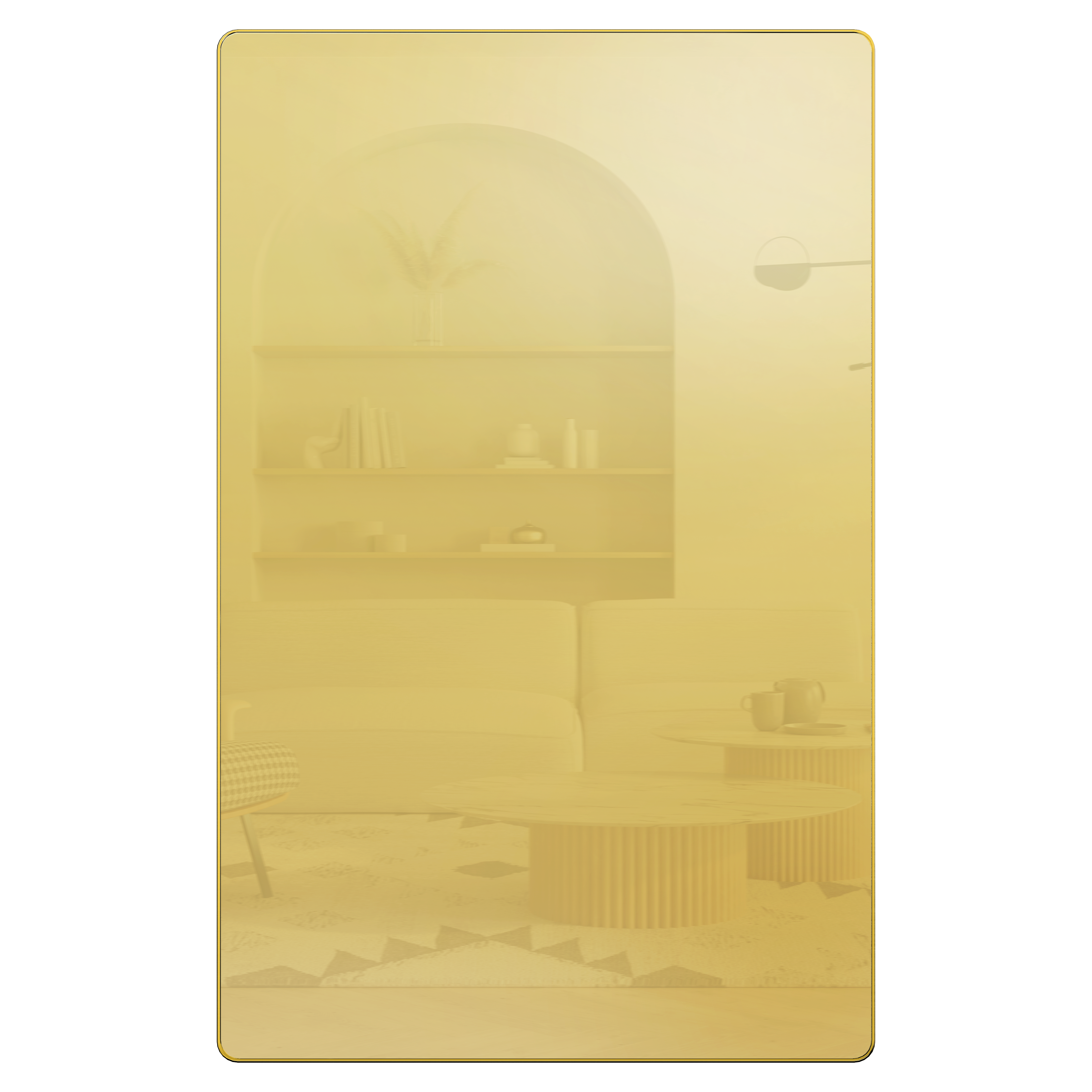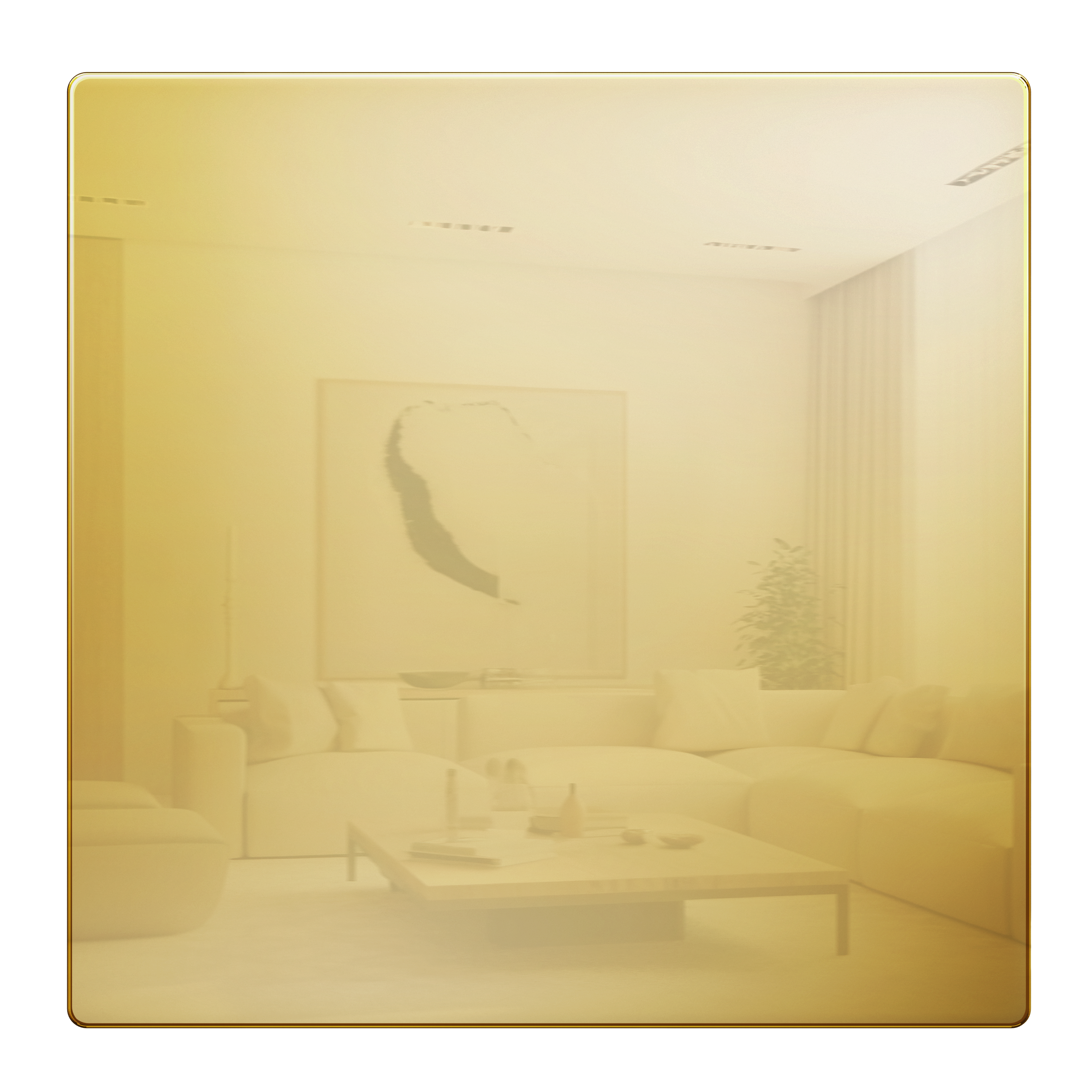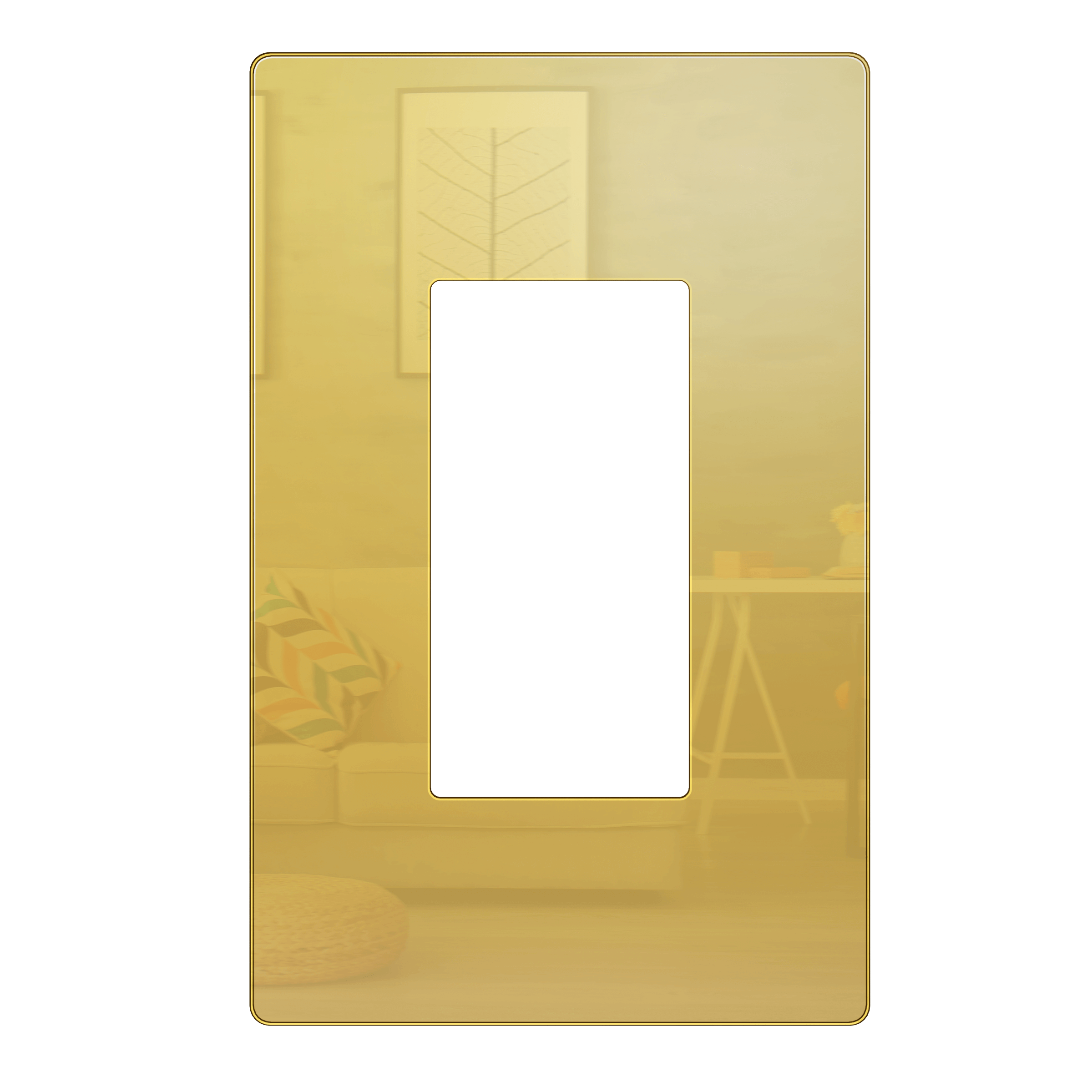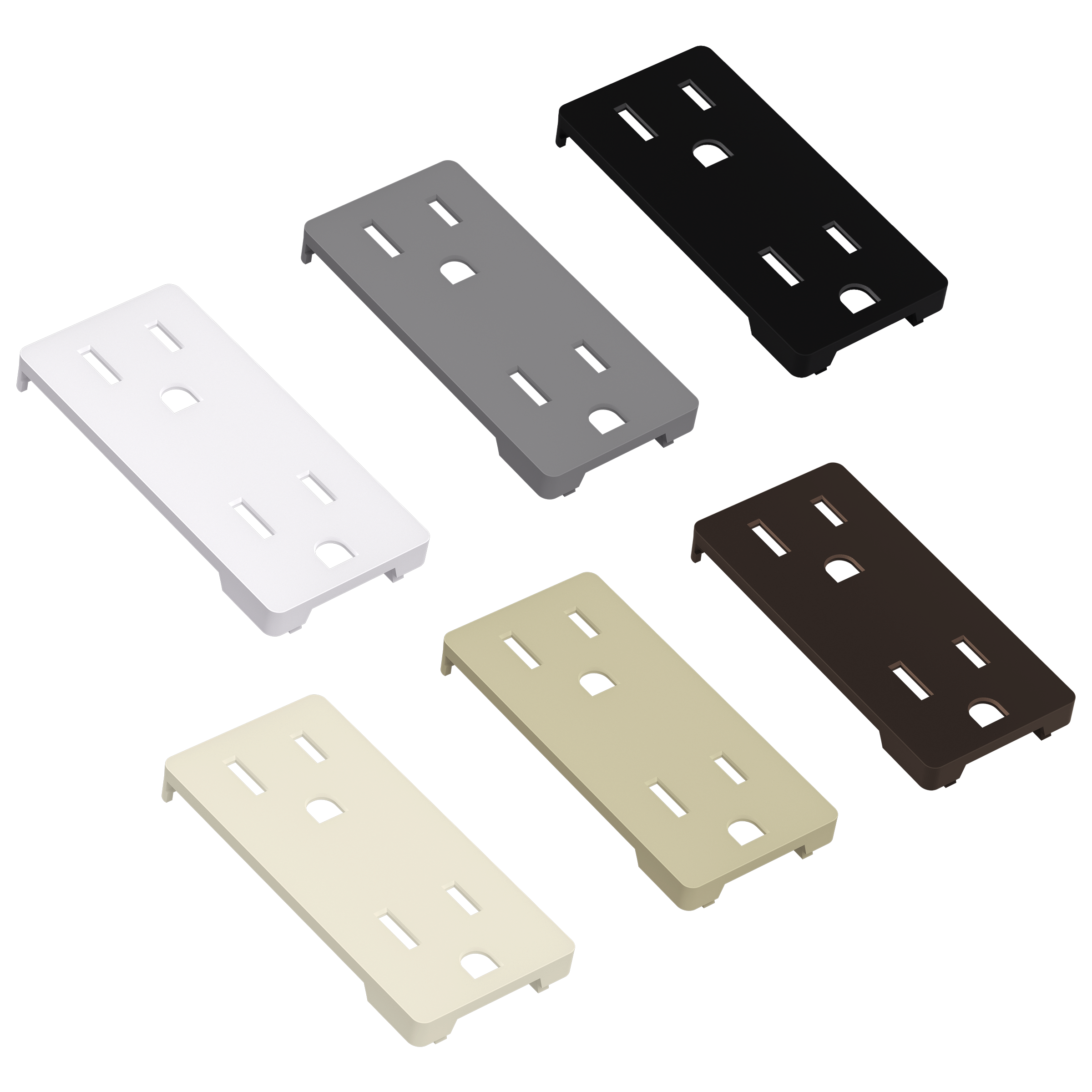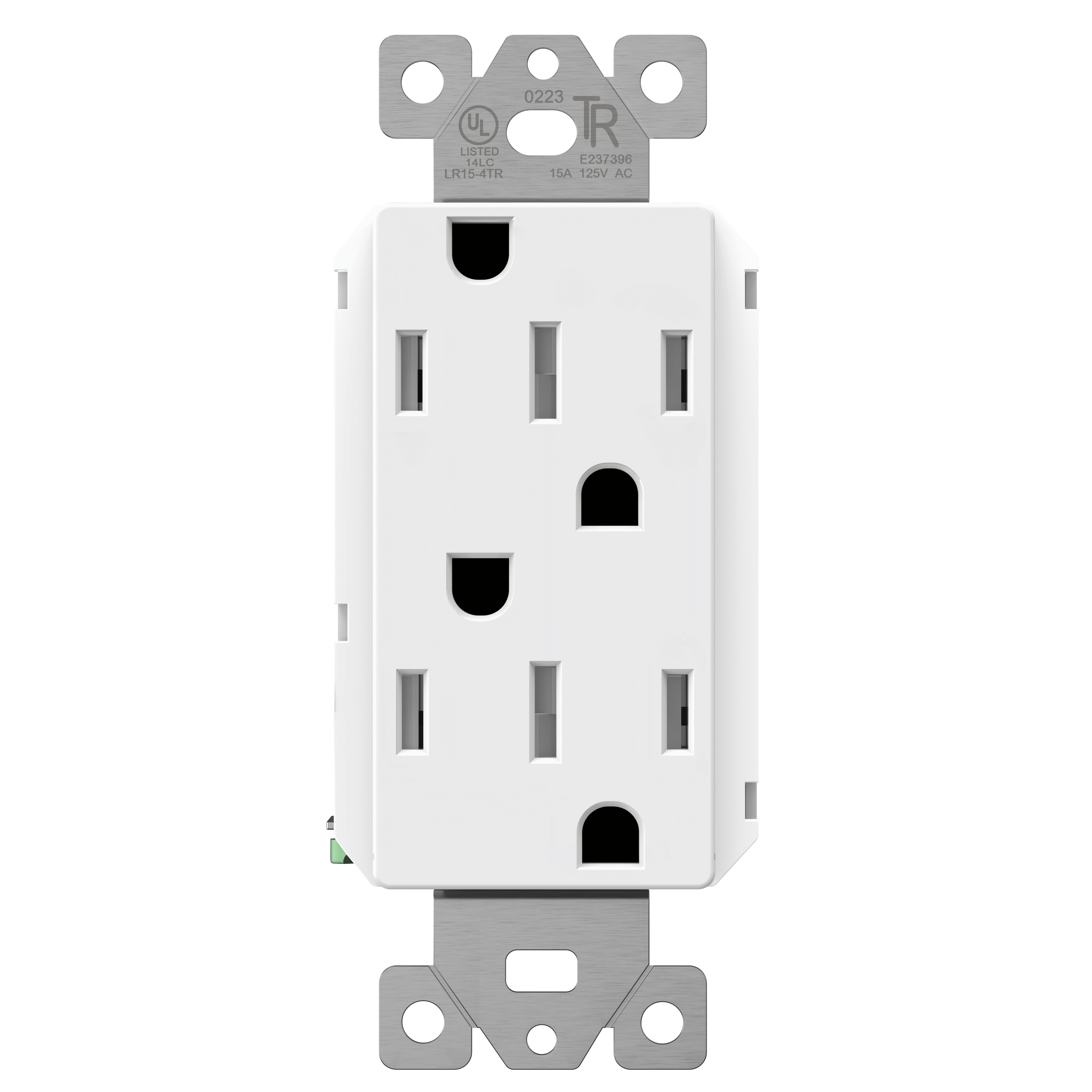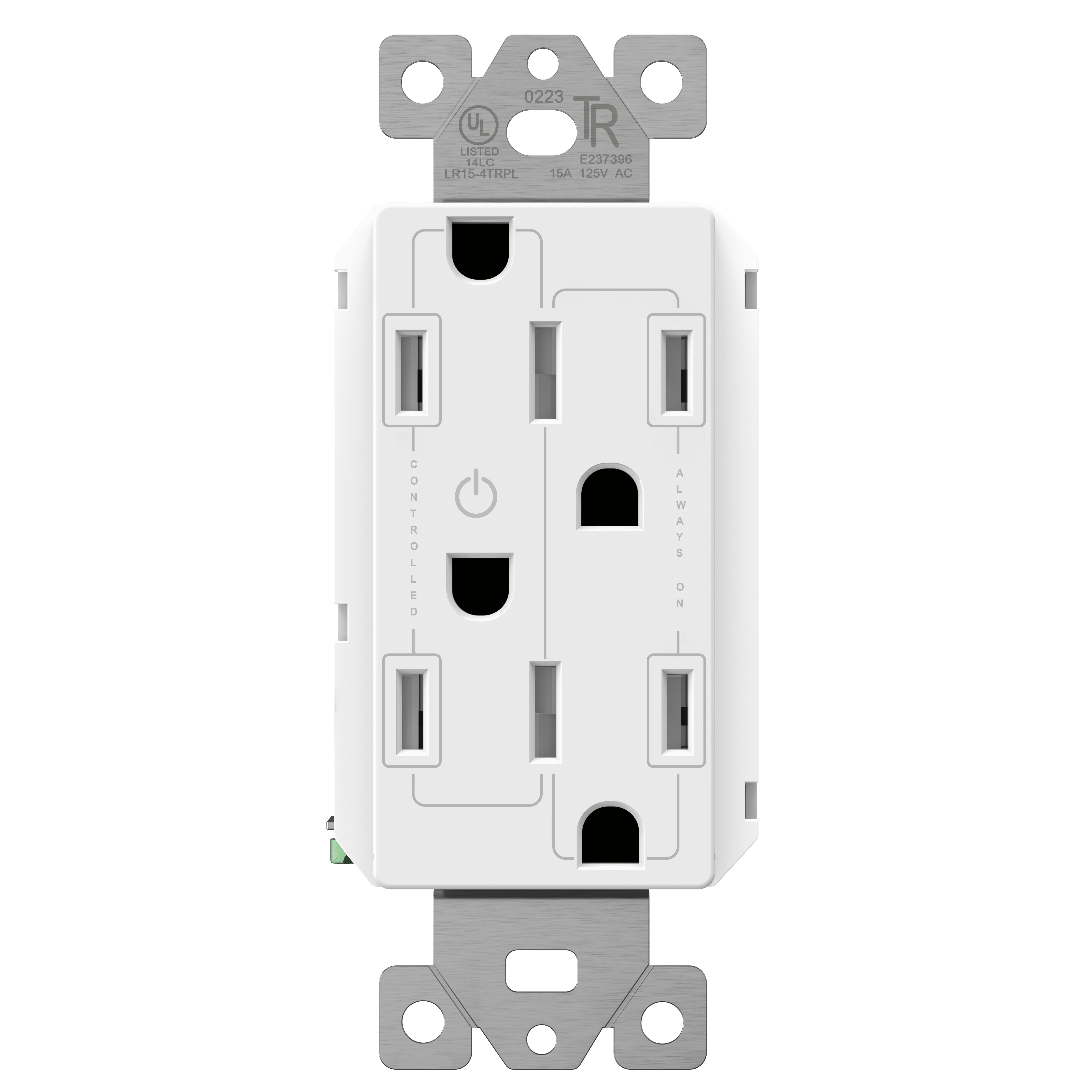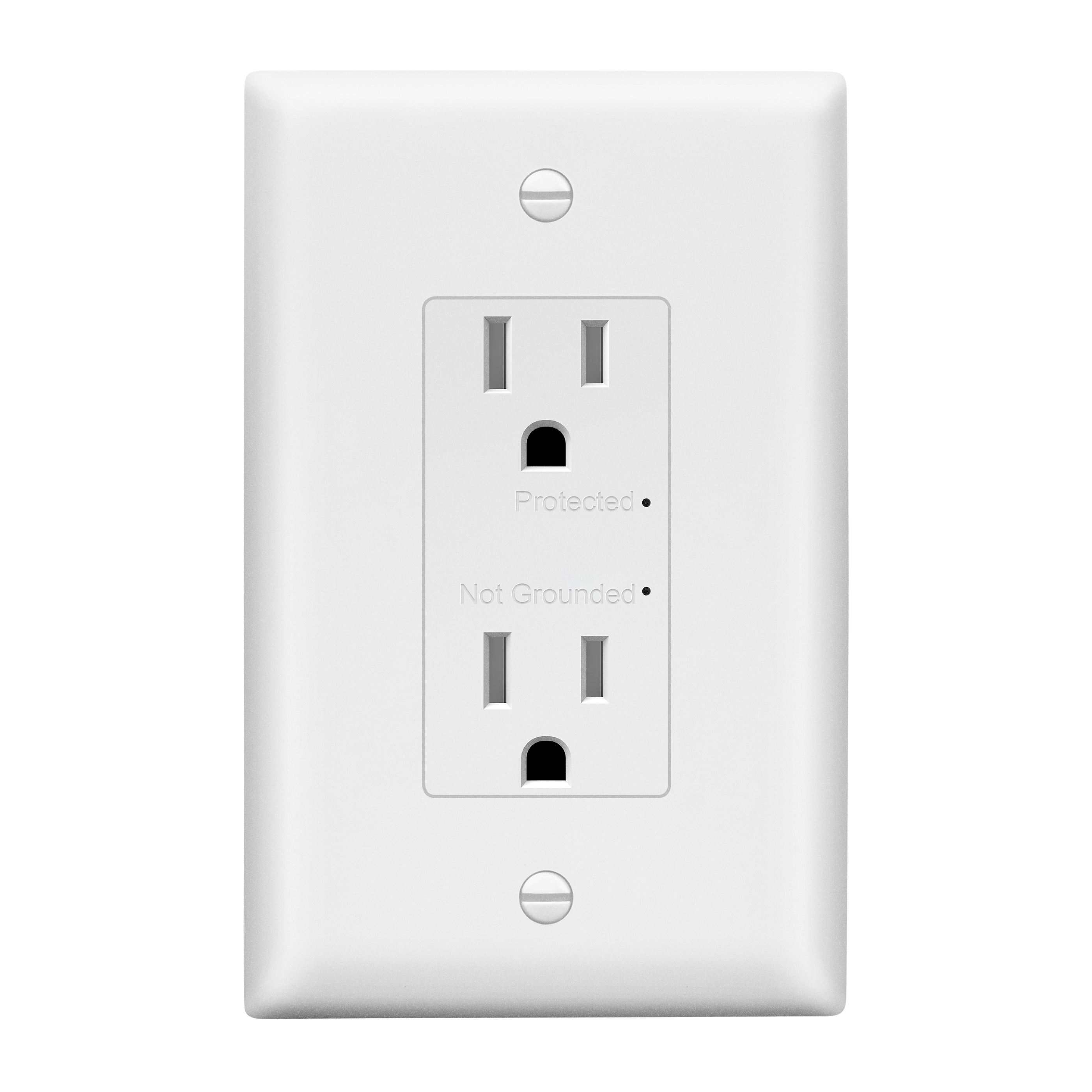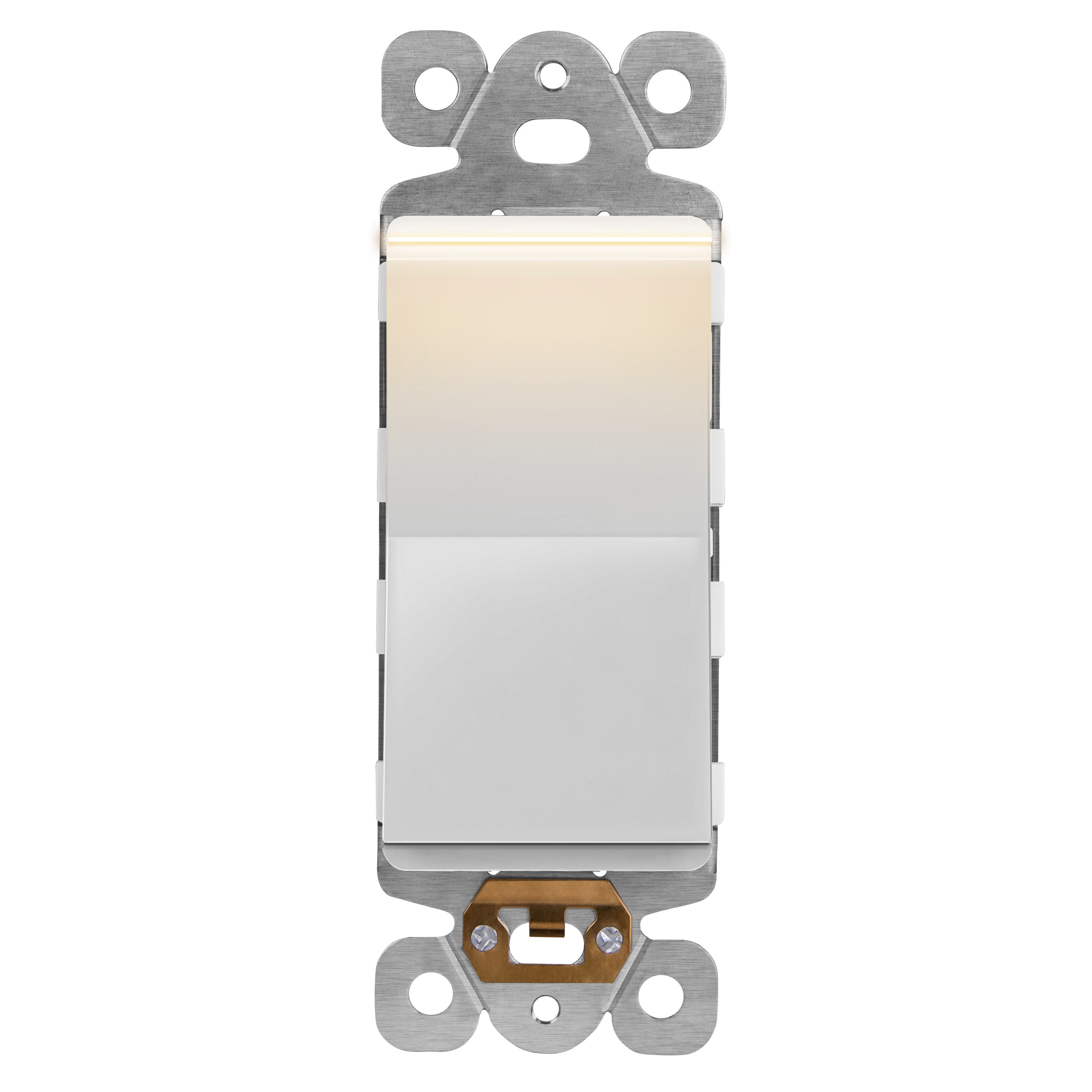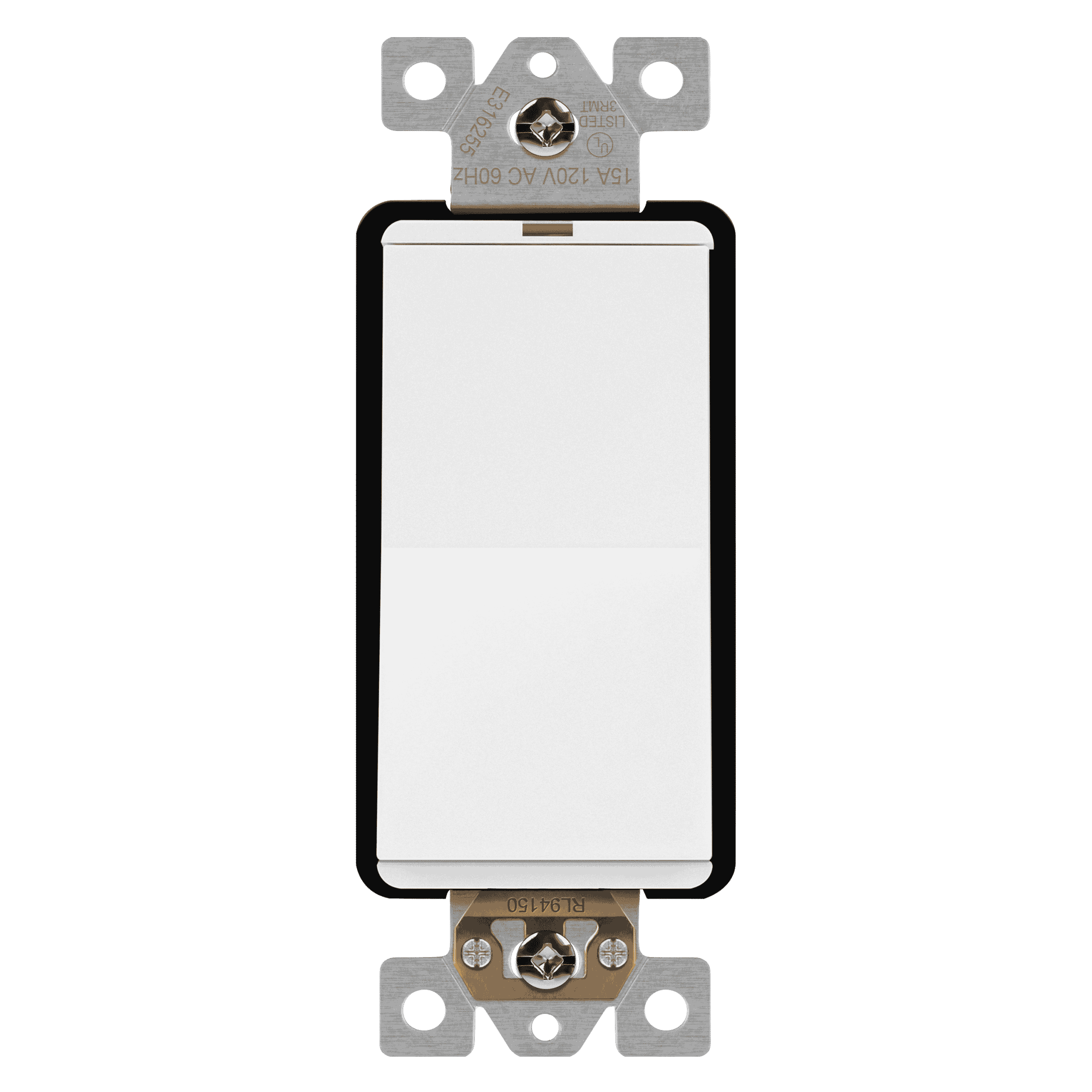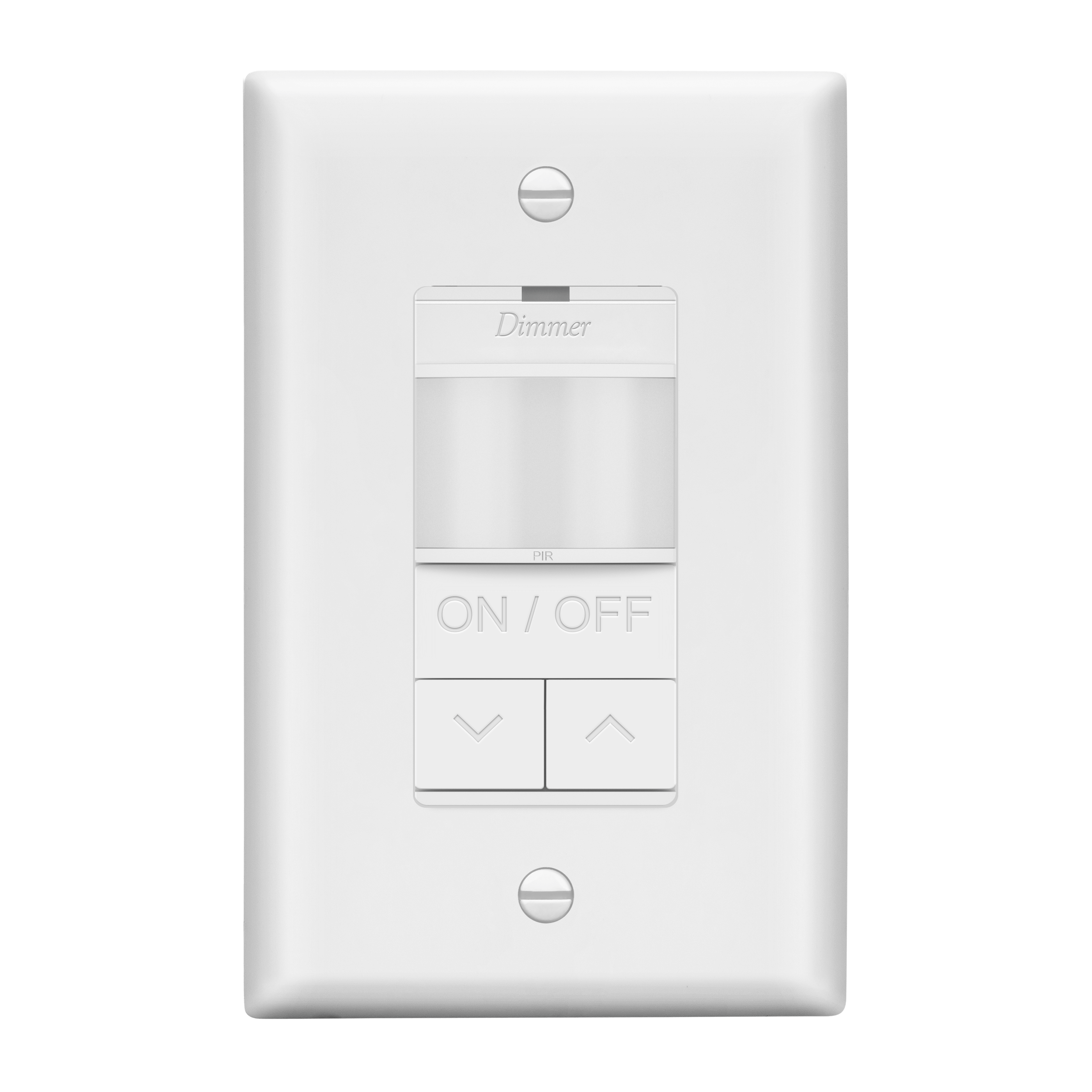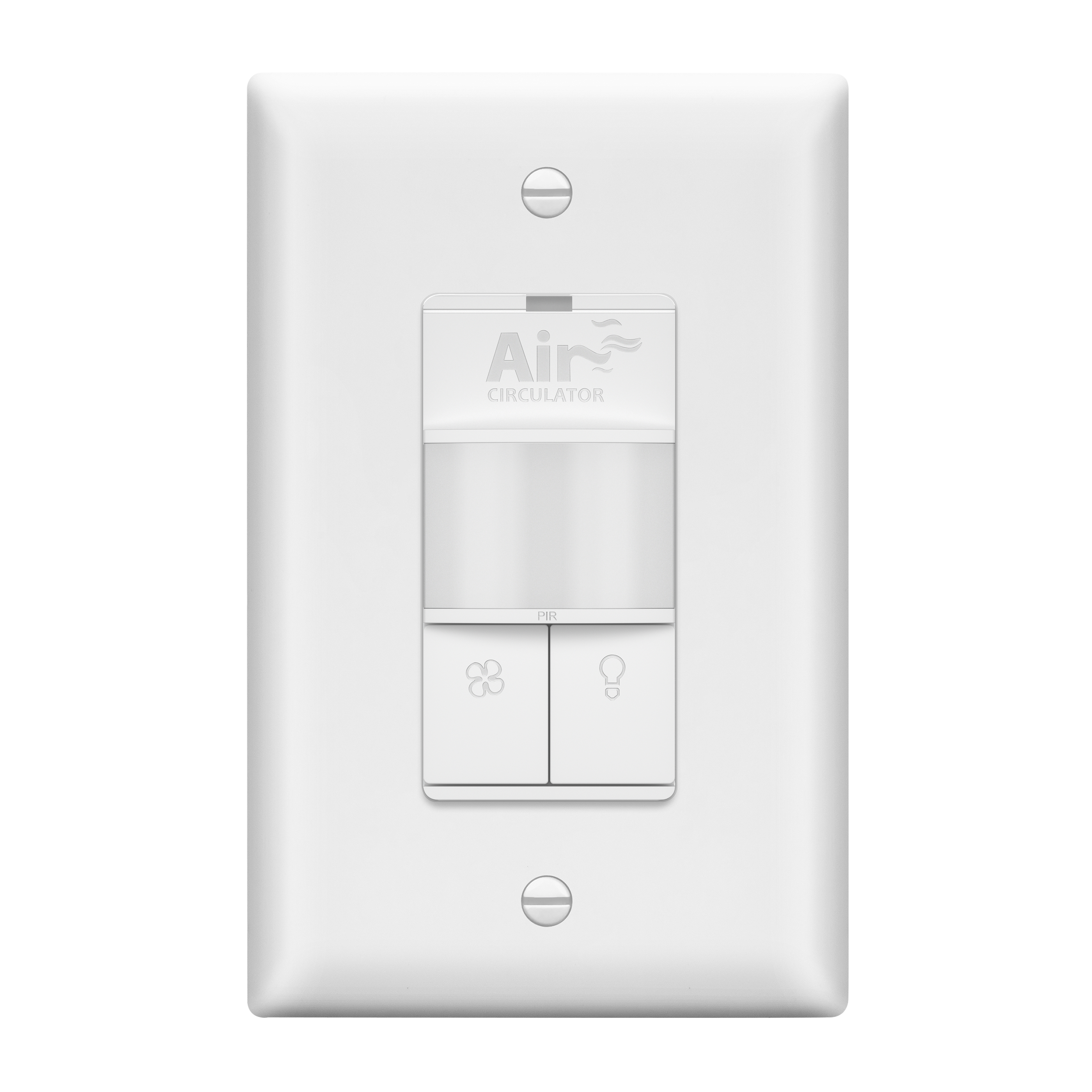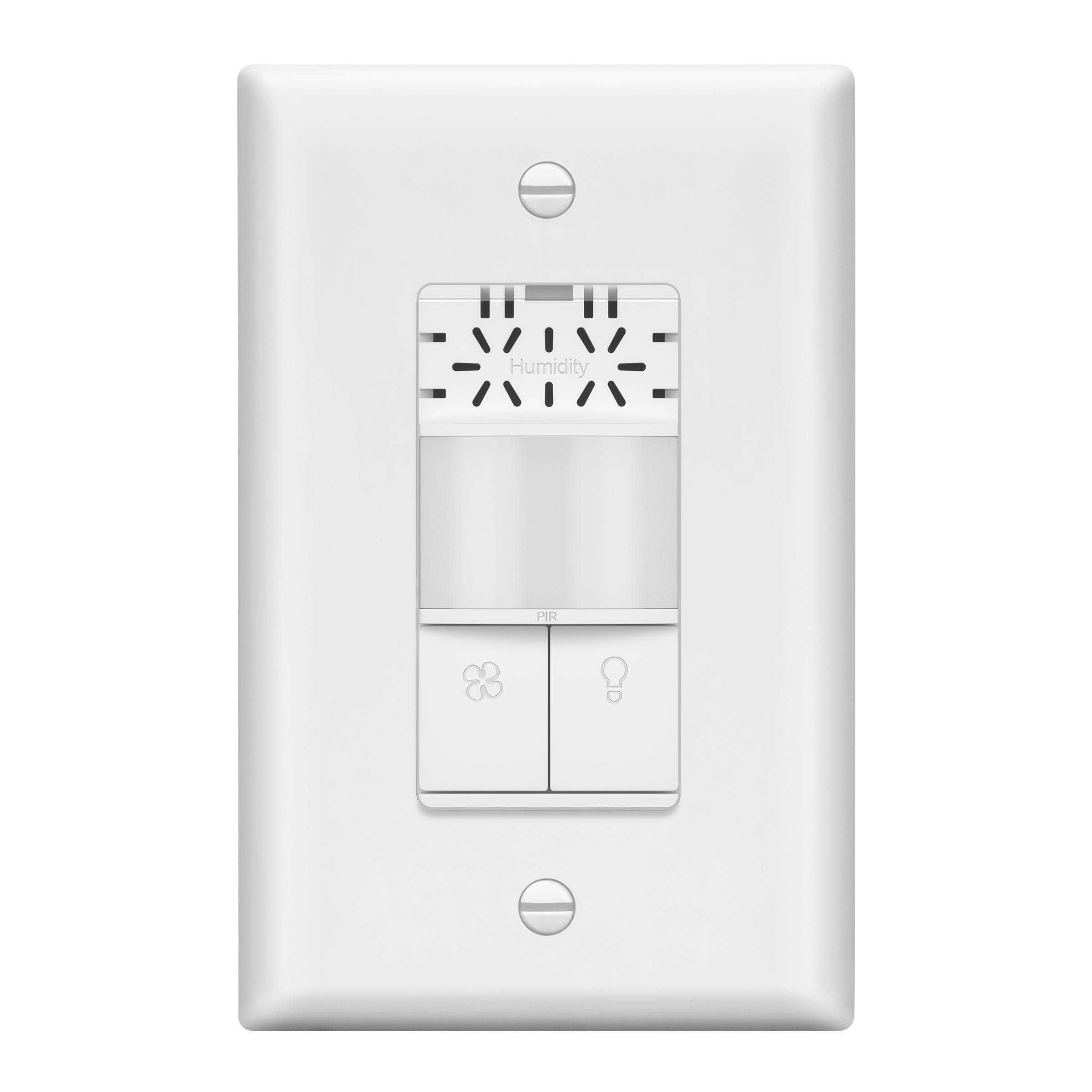Mid-century modern interiors are popular as ever. The mid-century modern design style is the perfect marriage between nostalgia for the past and the sleek lines and timeless elegance of the present. Mid-century modern design, born in the post-World War II era, continues to captivate and inspire us today with its iconic furniture, clean aesthetics, and innovative approach.
In this blog, we will cover the origin and our favorite mid-century-inspired interiors.
HISTORY
Mid-century modern design emerged in the mid-20th century, roughly spanning from the 1930s to the 1960s. It was a response to the changing social, cultural, and technological landscape after World War II. Several key factors contributed to the birth and development of mid-century modern design.
For instance, the Bauhaus School, founded in Germany in 1919, emphasized the integration of craftsmanship, functionality, and modern industrial materials. Many influential mid-century designers, like Walter Gropius and Mies van der Rohe, were associated with the Bauhaus movement and brought its principles to the United States.
Further, the mid-20th century witnessed significant advancements in materials and manufacturing processes. New materials like plywood, fiberglass, and molded plastics allowed for experimentation and the creation of innovative forms. These materials, combined with mass-production techniques, made mid-century modern design more accessible to a broader audience.
Scandinavian design and Danish modern design, characterized by simplicity, functionality, and natural materials, also played a significant role in shaping mid-century modern design. Iconic mid-century designers from countries like Denmark, Sweden, and Finland, such as Arne Jacobsen and Alvar Aalto, showcased clean lines, organic shapes, and a focus on craftsmanship, which became the hallmarks of the movement.
The combination of these influences and societal shifts resulted in the rise of mid-century modern design, which remains a highly influential and sought-after style today. Its emphasis on simplicity, functionality, and timeless elegance continues to resonate with design enthusiasts and homeowners alike.
INSPIRATION
The mid-century color palette focused on warm tones and bold colors like yellows and oranges that compliment the natural materials used like wood.
The retro home decor of the 1950s has the feeling of an experimental and innovative design that works really well, standing the test of time. Think Herman Miller Eames furniture, with a combination of high-quality leather and wood made to last, and unique angles.
One of the most iconic characteristics of mid-century furniture is wooden slanted peg legs that provide an interesting balance that holds up the piece.
1950s home decor is also characterized by organic forms and clean lines that tap into the modern, minimalist approach. Designs like the Eames Lounge Chair, the Tulip Table, and the Barcelona Chair are still celebrated today for their innovative use of materials, ergonomic design, and timeless appeal.
Mid-century modern lighting emphasizes natural light as pictured above. Large windows, skylights, and open floor plans allow ample light to flood the space, creating a sense of airiness and openness.
COMPLEMENTARY PRODUCTS
When implementing a vintage-modern design like mid-century, complementing that with the right furniture and decor that matches your space is just as important. A great way to tie the space together is to feature Lider’s expansive catalog of wall plates and outlets. This small detail can make a huge difference to your overall space.
Happy designing!


